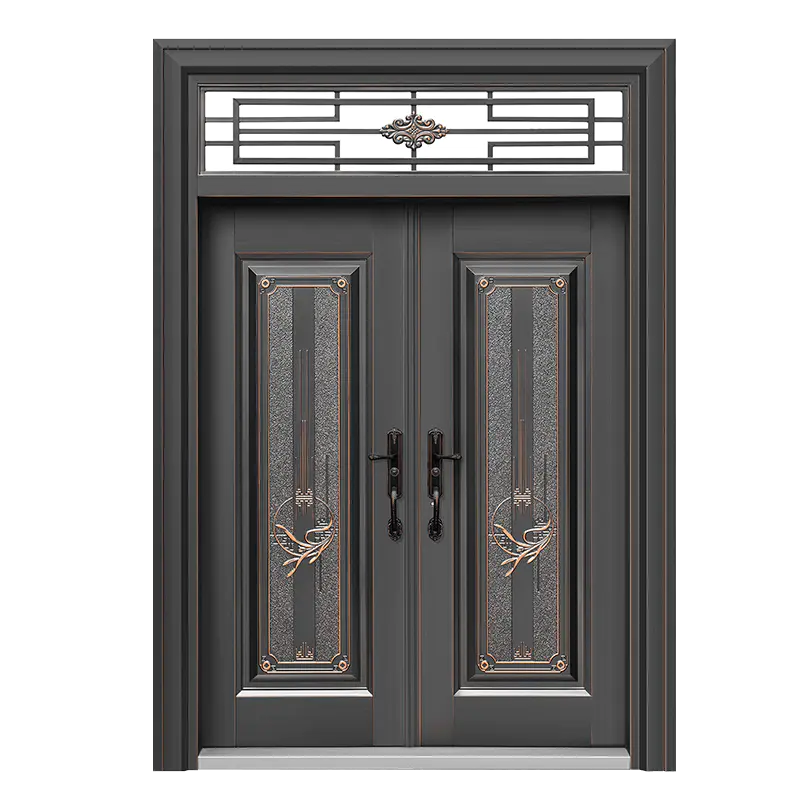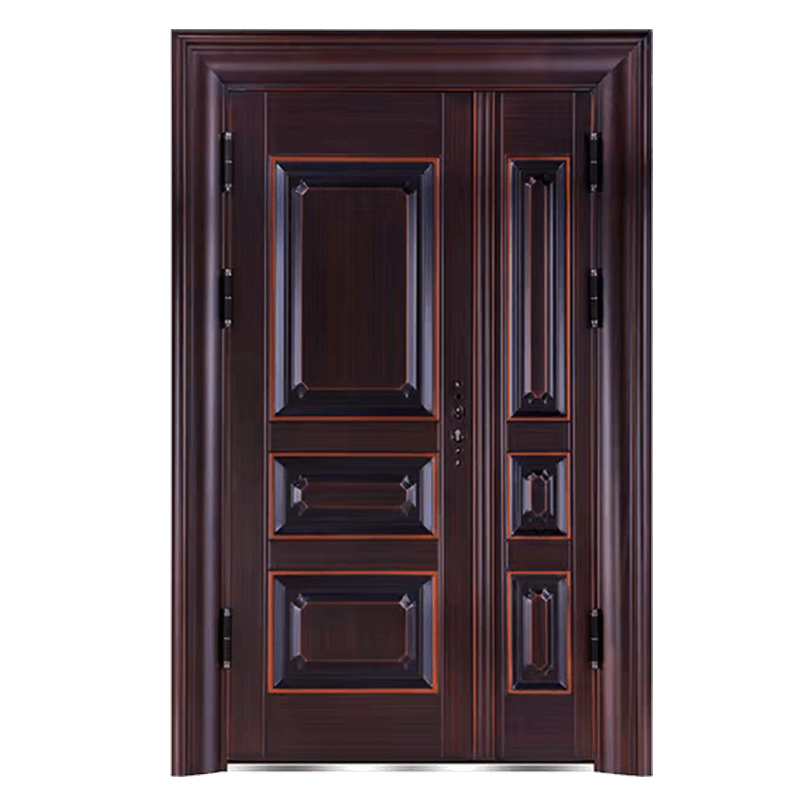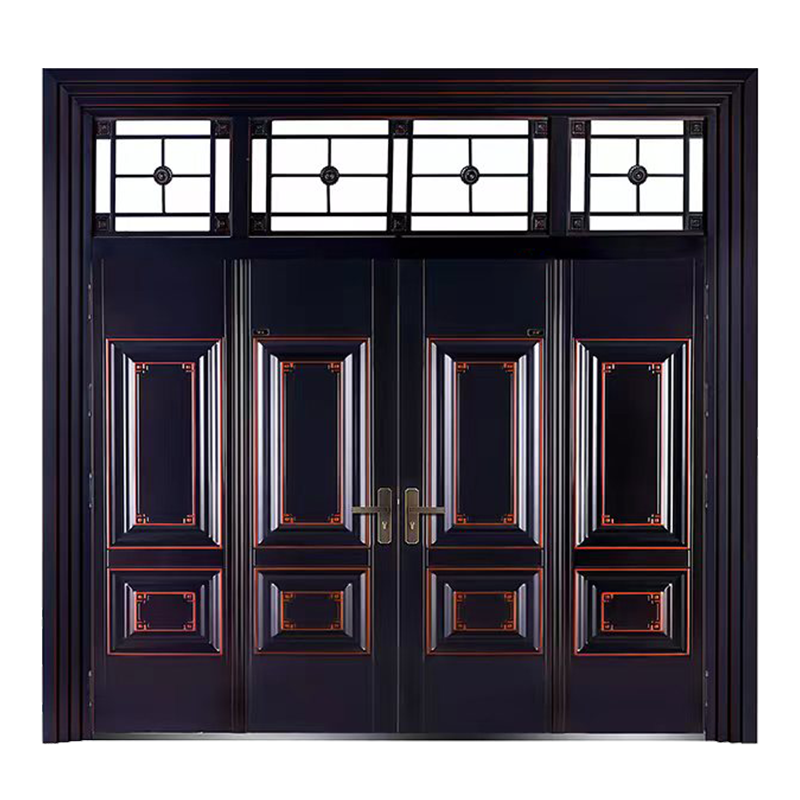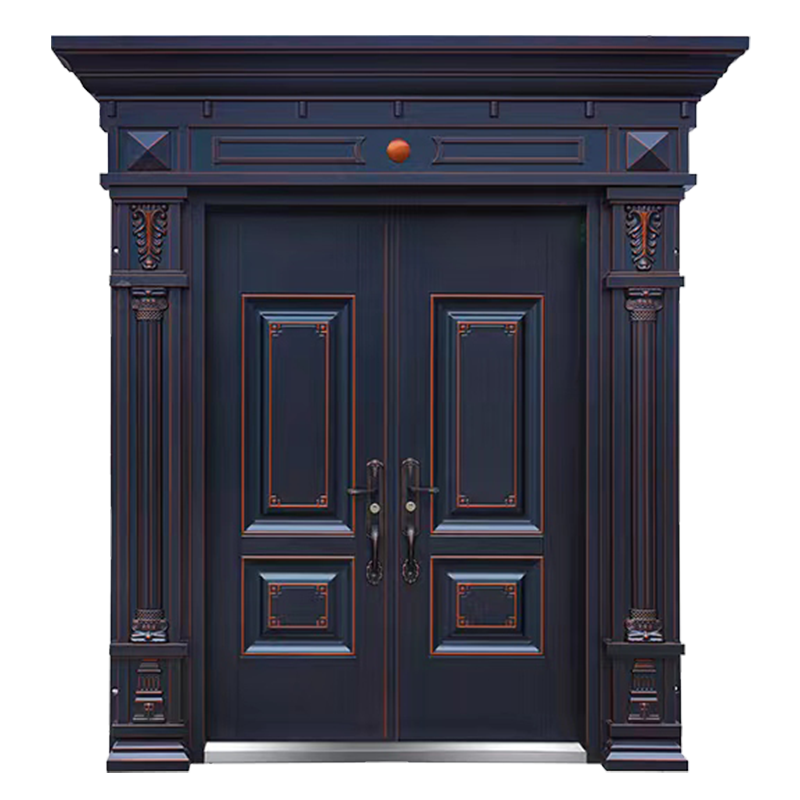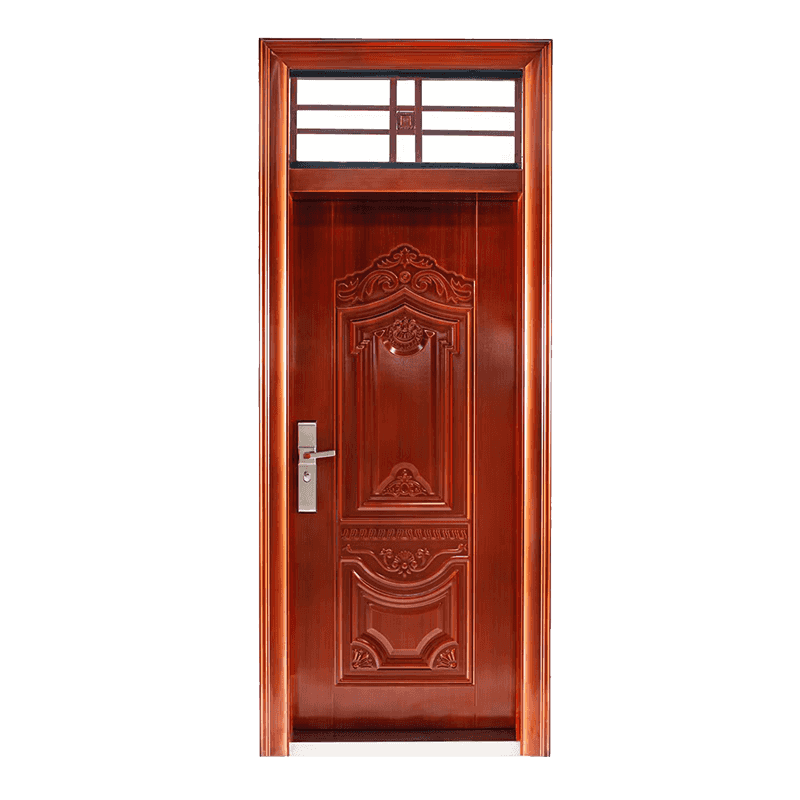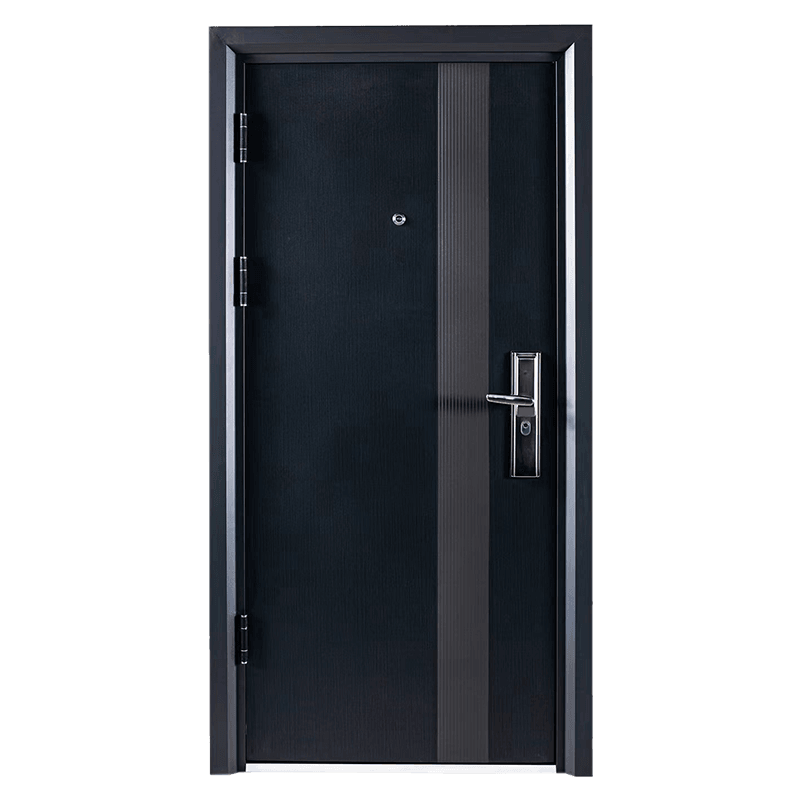Performance of Kitchen and Bathroom Steel Doors in Diverse Temperature Environments
Apr 18, 2025
Sale Kitchen And Bathroom Steel Door Manufacturer in China
The resilience and performance of kitchen and bathroom steel doors under varying temperature conditions are of paramount importance, given the significant role they play in the thermal management of these spaces. These doors, designed to withstand the rigors of daily use in high-traffic areas, must also maintain their structural integrity and functionality in diverse climates. This article aims to provide an insightful look into how kitchen and bathroom steel doors perform in different temperature environments, from the scorching heat of summer to the biting cold of winter.
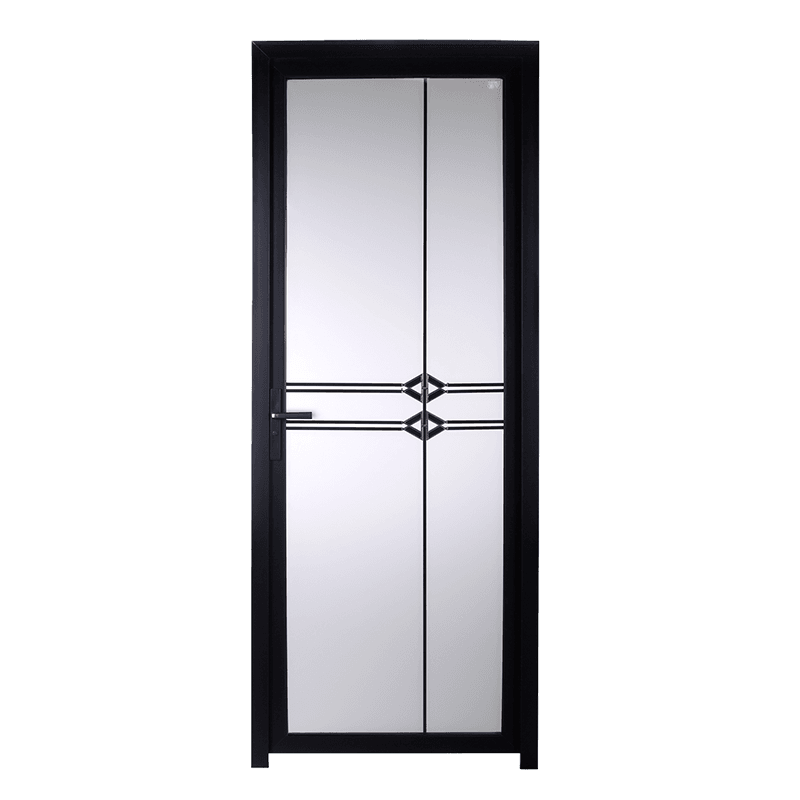
Steel, as a material, is renowned for its strength and durability, but it is also known for its thermal conductivity. This property can be both an advantage and a disadvantage for kitchen and bathroom steel doors. In warmer climates, the heat transfer through steel can be beneficial, as it helps to dissipate heat from the sun, keeping the interior of the home cooler. However, in colder environments, this same property can cause heat loss, which may necessitate additional insulation to maintain a comfortable temperature inside the home.
The performance of kitchen and bathroom steel doors in bad temperatures is also influenced by the quality of the materials used and the manufacturing processes employed. High-quality steel doors, specifically designed for kitchen and bathroom use, often incorporate advanced coatings and insulation techniques to mitigate the effects of temperature fluctuations. These coatings can help to reflect heat, reduce heat transfer, and protect the door from rust and corrosion, which can be exacerbated by changes in temperature and humidity.
Moreover, the design of kitchen and bathroom steel doors plays a crucial role in their performance under different temperature conditions. Doors with tight seals and well-fitted frames can better retain heat or keep out cold air, depending on the season. The use of thermal breaks, which are materials that interrupt the steel's continuity and reduce heat transfer, is also a common feature in these doors. This design element helps to maintain a more stable temperature on the surface of the Kitchen And Bathroom Steel Door, reducing the risk of condensation and frost buildup.
The installation of kitchen and bathroom steel doors must also take into account the local climate and temperature variations. In regions with significant temperature swings, it is essential to choose doors that can withstand these changes without warping or becoming misaligned. The use of adjustable hinges and flexible frames can accommodate slight movements due to thermal expansion and contraction, ensuring that the Kitchen And Bathroom Steel Door remains functional and secure.
In conclusion, the performance of kitchen and bathroom steel doors in different temperature environments is a complex interplay of material properties, design features, and manufacturing techniques. While steel is a robust choice for these applications, it is essential to select doors that are specifically engineered to handle the temperature bands of the local climate. By doing so, homeowners can enjoy the benefits of a modern, durable, and thermally efficient kitchen and bathroom steel door that stands up to the test of time and the elements.

 English
English 中文简体
中文简体 Français
Français Español
Español عربى
عربى